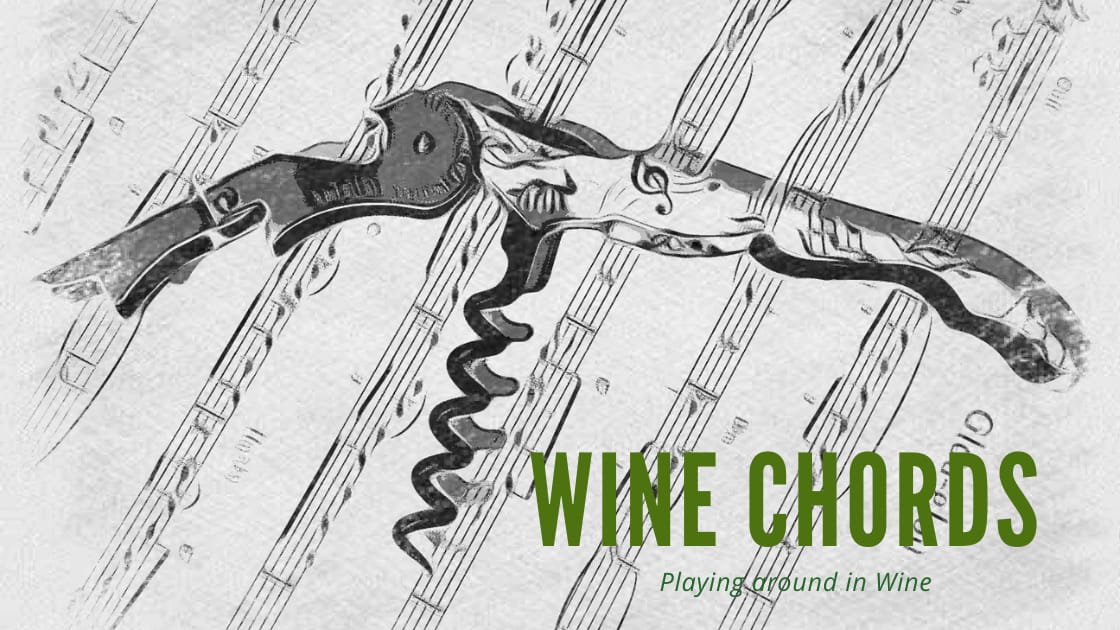This week’s pick comes from a winery that never converted to organic growing. It wasn’t necessary because it has always been, as they count on a history of five generations and 200 unbroken years of making natural wines. They were also key figures in establishing the AOC for Bandol during the German occupation. François Dutheil (father to current owner) was one of the people behind AVN (l’Association des Vins Naturels), where Marcel Lapierre of Beajolais participated and soon became a leading figure. The only ingredient except for the grapes is SO2, only in tiny amounts and only in the vineyard against fungus.
The vineyards of Bandol lies for a great part on south-faced terraces in the in-land from the seaside town that gives the wine its name. As for the rest of the region rosé is dominating in quantity, around 80% even here. And much wine is classified as Côte de Provence. Myself I am drawn towards the red wines of the region, often a bit mystic, not lightweight, neither heavy and «clumsy». They can have a fresh fruit, but they are never sharp. They have long oak-ageing, often more than the obligatory 18 months. But the best will never smell of wood, as they are subject to a treatment in big, used foudres that make them «breathe». At Ste. Anne, red is the most important wine.
The mourvèdre grape is king. Just like its equivalent monastrell on the Spanish Levante coast Bandol is one of the few places where you can be sure that the grape will mature. But still the general alcohol levels in Ste. Anne’s range of wines are low. This is due to the special microclimate below the Gros Cerveau peaks, that gives very cool summer nights. The cold air is accumulated because of special metheorologic phenomena between the mountains in the area. The tannins are soft and rounded. Mourvèdre is harvested later here than other places, around mid-October. It must be fully ripe, otherwise the wine will be hard and bitter. A way to understand when the time is right, according to Raphaël, is that the skin is no longer elastic and that the pips are brownish.
The Bandol 2010 is made from 60% mourvèdre, and equal parts of grenache and cinsault. This is their main wine, and 30.000 bottles are made. Their bandol stays 20-22 months in foudres, and the various vintages are released when they are considered «ready». As a result the 2003 was released after both ’04 and ’05.
Bandol 2010 (Château Ste. Anne)
Deep purple in colour. Very complex aroma of red fruits (raspberries), flowers, balsamic notes (red lickorice), combined with some mineral notes. There is a slight touch of volatile acidity too, that is by no means disturbing, but in my opinion it adds to the freshness. Medium to full body. When I last tasted this wine, at the winery before the release, the tannins were more evident, now everything is in perfect harmony. Mature, but will keep.
Price: Medium
Food: Beef, game, duck and other full-flavoured meat. Cheese, both manchego type and some blue cheeses. Fiona Beckett writes about steak pie that red bandol can be a perfect choice. The possibilities are endless.
Leave a Comment








 Meeting António and tasting his wines in Lisboa
Meeting António and tasting his wines in Lisboa








